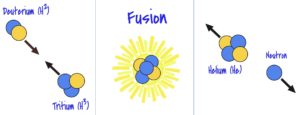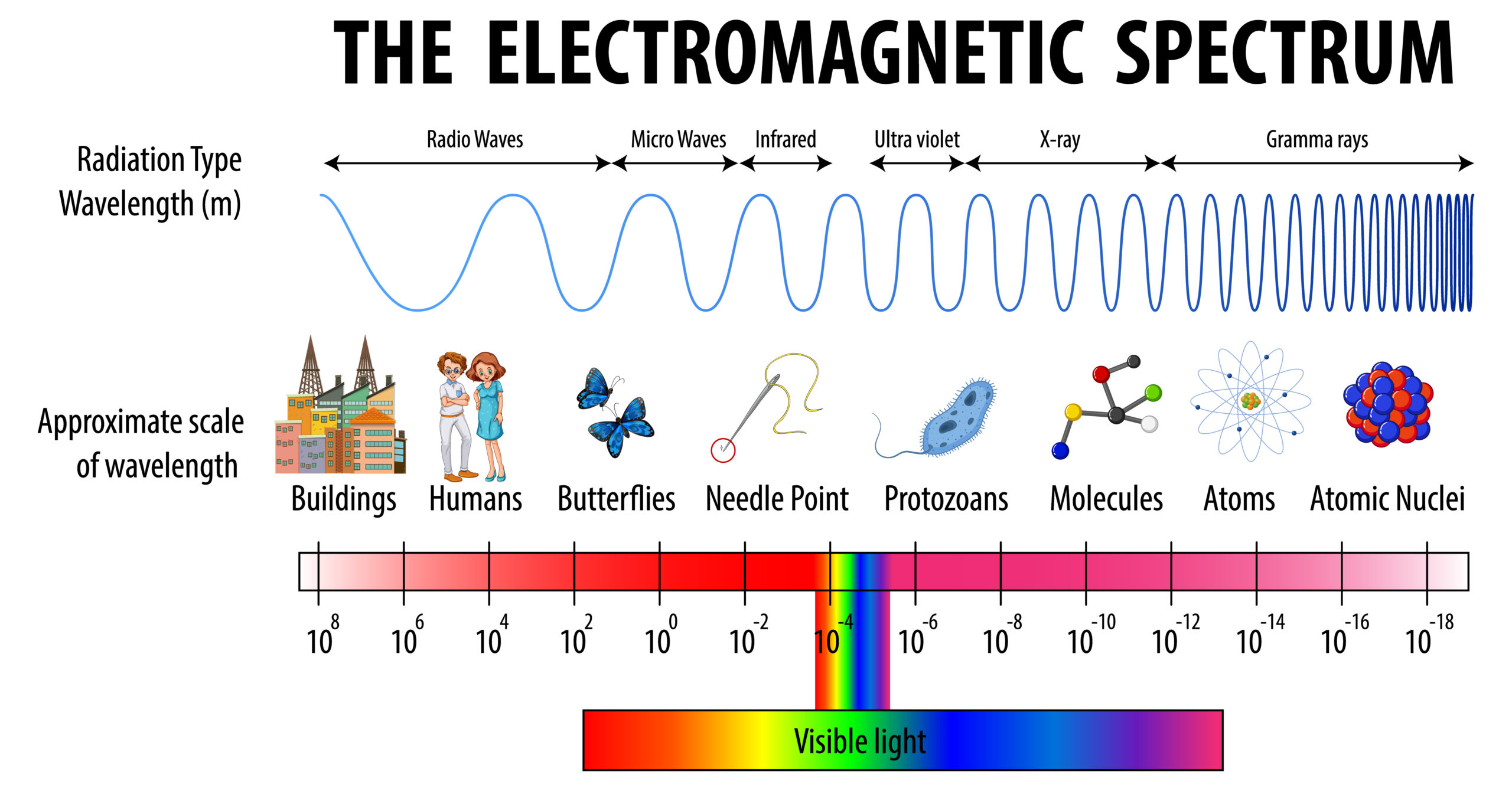☀️ What exactly is Solar Energy?
Solar energy is created by nuclear fusion that takes place in the sun. Fusion occurs when protons of hydrogen atoms violently collide in the sun’s core and fuse to create a helium atom.

This proton-proton chain reaction emits an enormous amount of energy in the form of waves and particles.
The energy, heat, and light from the sun flow away in the form of electromagnetic radiation (EMR). The diagram below shows the electromagnetic (EM) spectrum, which is the range of all types of EM radiation. The types of EM radiation can vary from the visible light that comes from a lamp in your house to the radio waves that come from a radio station to the harmful UV rays that can cause skin cancer.

The Electromagnetic Spectrum. Image by brgfx on Freepik.
There are different ways of capturing solar radiation and converting it into usable energy. The methods use either active solar energy or passive solar energy.
Active solar technologies use electrical or mechanical devices to actively convert solar energy into another form of energy, most often heat or electricity. A popular example of this is a solar panel, which we will learn about on the next page.
Passive solar technologies do not use any external devices. Instead, they take advantage of the local climate to heat structures during the winter, and reflect heat during the summer. An example of this is a solar oven or cooker, which uses sunlight to cook food. Check out the extension activity at the end to learn how to make one of these yourself!
